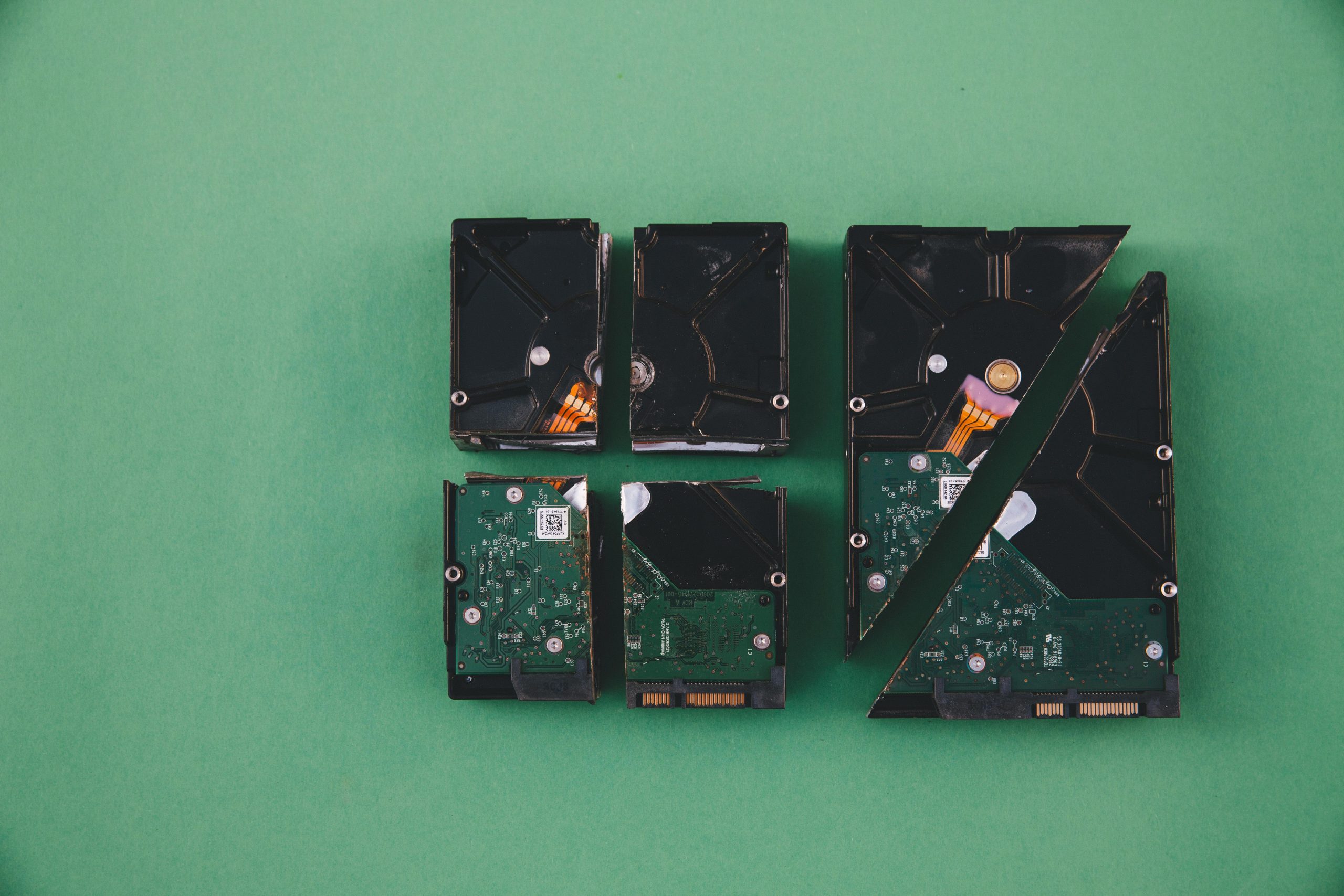Understanding and Addressing ‘File Record Segment Unreadable’ Errors on HDDs: A Guide for Users
Hard drives are fundamental components of our digital lives, but they can sometimes present errors that raise concerns about data integrity and device health. One common issue users encounter is the “file record segment unreadable” error, which can be perplexing, especially when the drive still appears accessible. This article aims to clarify what these errors mean, explore potential causes, and suggest appropriate next steps for users, particularly those with data backups.
Assessing the Nature of the Error
When a hard disk reports “file record segment unreadable” errors, it’s essential to determine whether the problem stems from physical damage or logical file system corruption. Typically:
- Physical Damage: If the drive exhibits symptoms like read errors, clicking sounds, or consistent failures, it may indicate physical damage to the platter or read/write heads.
- Logical Corruption: If the drive appears accessible in File Explorer, allows navigation, and files open normally, the issues may be due to file system inconsistencies rather than hardware failure.
In the scenario described, the drive remains accessible and files can be opened, suggesting that the errors could be related to file system inconsistencies rather than outright physical damage.
Evaluating Whether to Reformat
Before considering reformatting or discarding the drive, it’s prudent to:
- Run Diagnostic Tools: Use manufacturer-provided utilities or third-party disk health tools to assess SMART status and surface integrity.
- Backup Data: Ensure all data is backed up, which has already been accomplished in this case.
- Attempt Repair: Consider running file system repair tools, such as Windows’ built-in CHKDSK utility, to fix logical errors. For example, executing
chkdsk /f /rcan help identify and repair bad sectors and filesystem errors.
Should these repairs not resolve the issues, and if the drive continues to exhibit errors or signs of physical deterioration, then reformatting may be an option.
Secure Data Deletion and Recycling
If the drive is deemed faulty and needs to be repurposed or recycled, securely erasing remaining data is advisable. However, with unreadable file record segments, traditional wiping tools may encounter challenges. Here are recommended steps:
- Data Wiping Programs: Use specialized data-erasure tools that can work at the disk level, such as DBAN (Darik’s Boot and Nuke) or manufacturer’s secure erase utilities. Some tools operate outside
Share this content:



